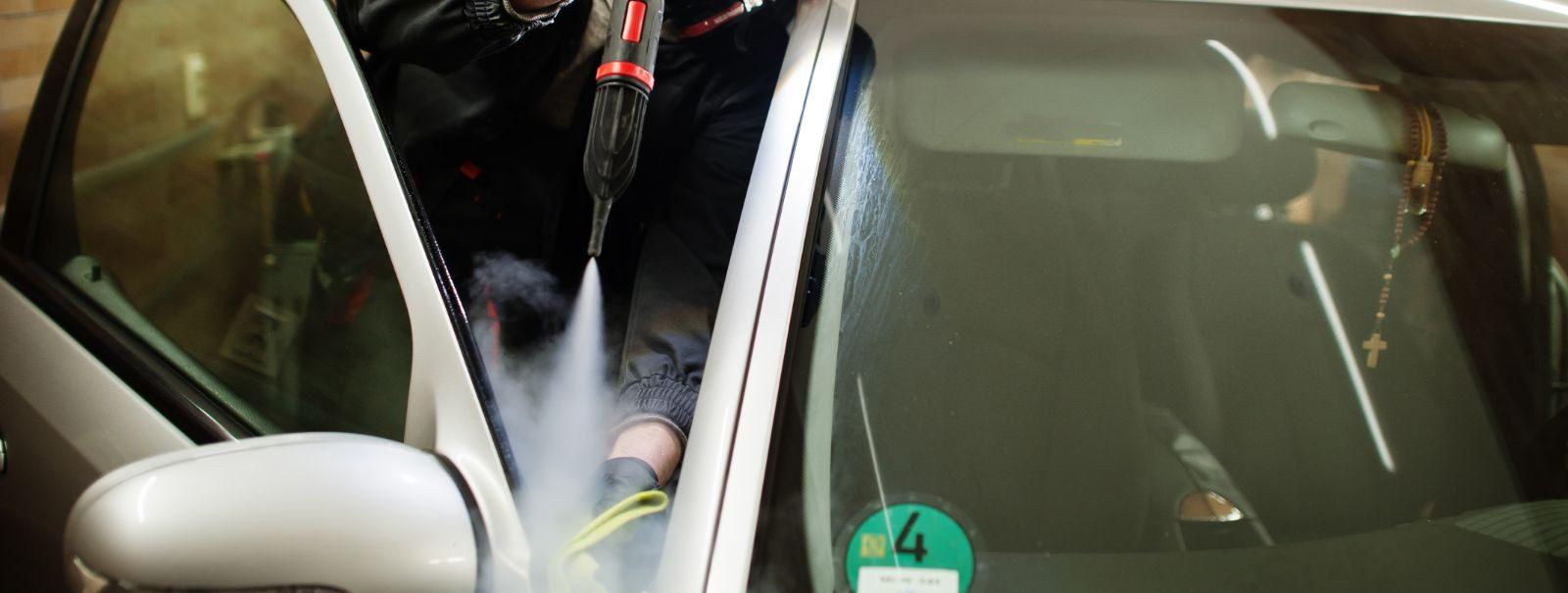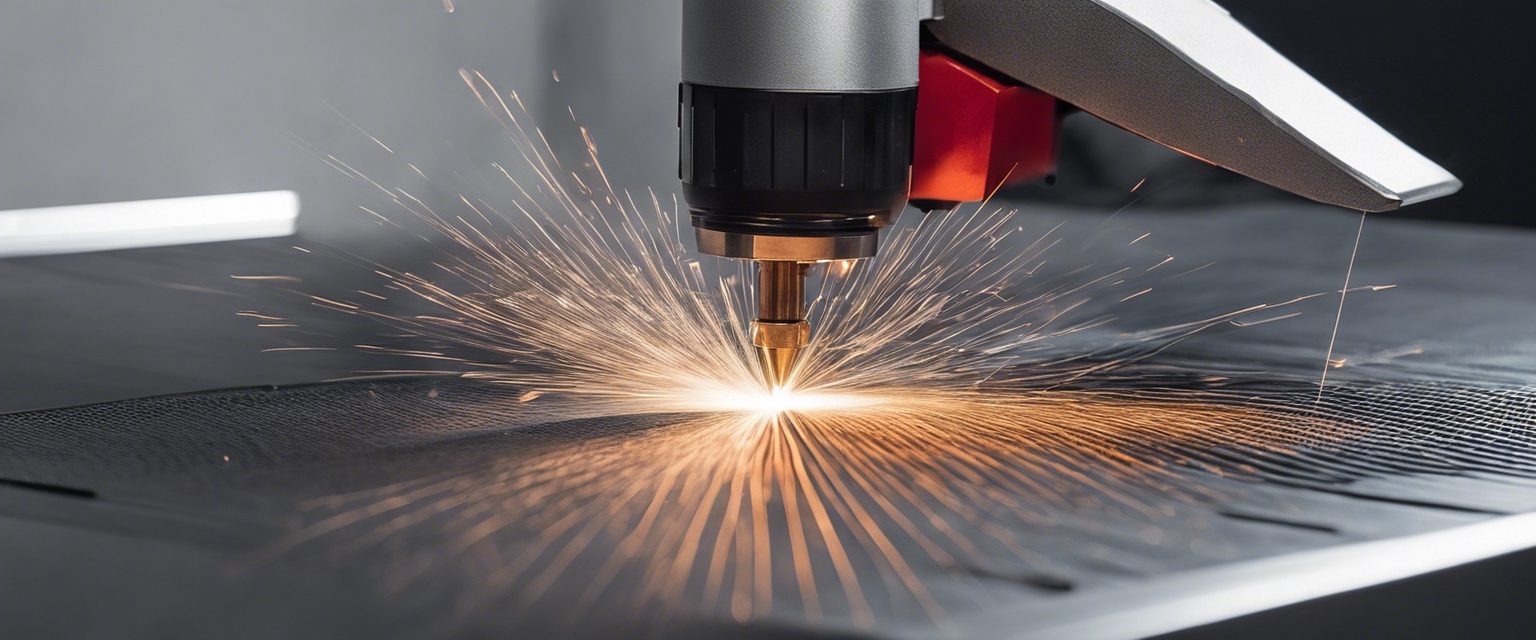5 ways laser technology is changing surface restoration
Laser technology is revolutionizing the way we approach surface restoration, offering a non-contact, precise, and environmentally friendly alternative to traditional methods. This innovative approach is particularly beneficial for industrial clients, automotive restoration enthusiasts, and property maintenance professionals who are seeking effective solutions for surface treatment.
Laser cleaning is a process that uses laser energy to remove unwanted materials from a surface without damaging the substrate. It is a versatile technique that can be used on a variety of materials, including metals, plastics, and composites.
Compared to traditional cleaning methods such as sandblasting, chemical cleaning, or manual scrubbing, laser technology offers numerous advantages, including precision, efficiency, and a reduced environmental footprint.
1. Precision and Selectivity
Laser technology allows for highly targeted cleaning, which means that it can remove contaminants from specific areas without affecting the surrounding material. This is particularly useful for delicate or complex geometries that require a high level of precision.
Thanks to its non-contact nature, laser cleaning minimizes the risk of damaging the substrate. This is essential when restoring surfaces to their original condition without compromising their integrity or appearance.
2. Eco-Friendly Cleaning
By eliminating the need for harsh chemicals, laser technology contributes to a more sustainable restoration process. This not only benefits the environment but also aligns with the values of our environmentally conscious clientele.
Laser cleaning generates minimal waste, and the waste that is produced is often easier to manage and dispose of than the byproducts of traditional cleaning methods. This reduces the overall environmental impact of surface restoration projects.
3. Efficiency and Speed
Laser technology significantly reduces the time required for cleaning and preparing surfaces, which can greatly accelerate restoration projects. This efficiency translates into cost savings and faster turnaround times for clients.
The speed and ease of laser cleaning also enhance productivity, allowing operators to complete more work in less time. This is a key advantage for businesses looking to increase their service offerings and throughput.
4. Versatility Across Industries
In the automotive industry, laser technology is used to remove rust, paint, and other coatings from vehicle components, restoring them to their original state without the risk of warping or altering the metal.
Property maintenance professionals utilize laser cleaning for graffiti removal, cleaning of historical monuments, and general building upkeep, ensuring that surfaces are restored without damage or loss of detail.
5. Improved Safety and Health
Laser cleaning reduces the exposure to hazardous materials and chemicals, which in turn lowers the health risks for operators. This is a significant consideration for businesses that prioritize the well-being of their employees.
By reducing the need for manual labor and the use of harmful substances, laser technology contributes to creating safer work environments. This is especially important in industries where occupational hazards are a concern.






Comments (0)